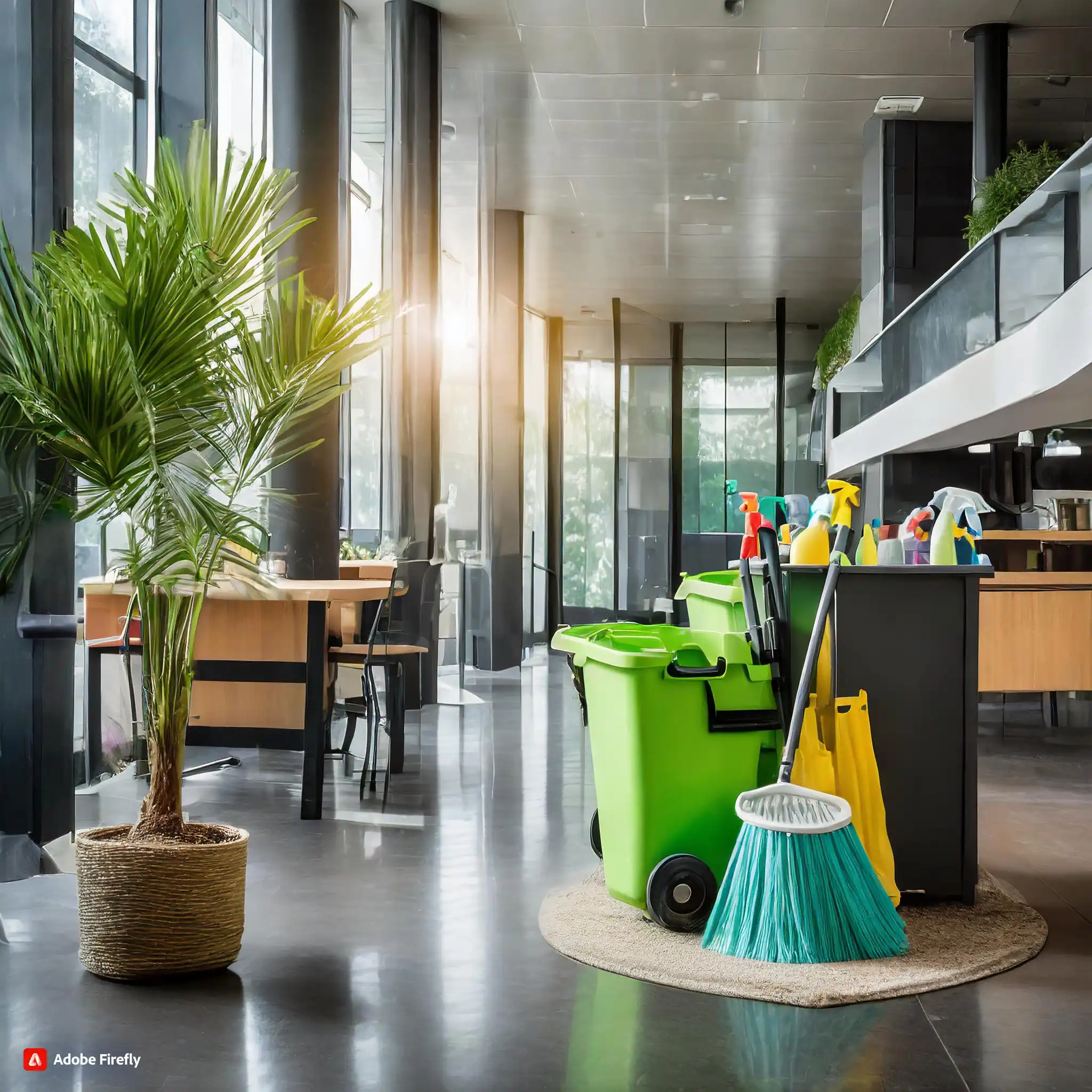General Cleaning
What is In-Use Testing?
Additional Details on In-Use Testing
Importance of Real-World Evaluation
Practical Application
Highlight that in-use testing involves assessing a product, procedure, or equipment in practical, real-world scenarios. This contrasts with controlled laboratory testing and provides insights into how well the item performs under actual conditions.
User Experience Consideration
Emphasize the significance of considering user experiences and the product’s functionality in real-life situations. In-use testing helps uncover potential challenges or advantages that may not be apparent in a controlled environment.
Key Characteristics of In-Use Testing
Dynamic and Unpredictable Conditions
Describe how in-use testing exposes the product to dynamic and unpredictable conditions that mimic the variability of real-world usage. This includes variations in temperature, humidity, usage patterns, and other factors.
Long-Term Performance Assessment
Highlight that in-use testing often involves prolonged assessments, allowing evaluators to gauge the product’s performance over an extended period. This long-term perspective is valuable for understanding durability and reliability.
In-Use Testing Parameters
User Feedback Integration
Discuss the incorporation of user feedback as a crucial element in in-use testing. This feedback provides firsthand insights into user satisfaction, comfort, and any challenges encountered during real-world application.
Performance Metrics
Mention the use of specific performance metrics tailored to the product or equipment being tested. These metrics may include reliability, efficiency, safety, and overall effectiveness in practical situations.
Application Across Industries
Versatility of In-Use Testing
Illustrate that in-use testing is applicable across various industries, including product development, healthcare, technology, and more. It serves as a versatile tool for ensuring that innovations meet or exceed expectations in real-world scenarios.
Examples of In-Use Testing
Provide examples of in-use testing in different contexts. For instance, evaluating the durability of a cleaning product in a busy commercial facility or assessing the usability of a medical device in a hospital setting.
Benefits and Limitations
Benefits
Highlight the benefits of in-use testing, such as gaining a comprehensive understanding of a product’s real-world performance, identifying potential improvements, and enhancing user satisfaction.
Limitations
Acknowledge that while in-use testing provides valuable insights, it may not capture every conceivable scenario. There might be limitations in replicating certain extreme conditions or rare situations that could impact the product.
Conclusion
Holistic Product Evaluation
Conclude by underlining the importance of in-use testing as a means of achieving a more holistic and practical evaluation of products, procedures, or equipment. This method goes beyond controlled settings to ensure that innovations meet the diverse challenges of real-world applications.
Frequently Asked Questions
Have a different question and can’t find the answer you’re looking for? Reach out to our support team by sending us an email and we’ll get back to you as soon as we can.
- How Do Strip and Wax Procedures Differ From Scrub and Re-Coats?
- Understanding the Distinctions Between Strip and Wax vs Scrub and Re Coat Procedures Floor maintenance involves various processes each tailored to address specific needs Detailed breakdown of the differences...
- What Causes Discoloration of Flooring?
- Understanding the Causes of Flooring Discoloration Discoloration in flooring can result from various factors and a thorough understanding of these causes is crucial for effective floor care Oxidation Oxidation...
- What Substantiation is There for Ice Melter Product Performance Claims?
- Ice melter product performance claims require careful consideration due to the absence of regulations in the current market Here are additional details to further explain the importance of substantiation...
- What is Travertine?
- Travertine is a distinctive natural stone known for its unique characteristics and appearance making it a popular choice for various architectural and design applications Here are further details about...
